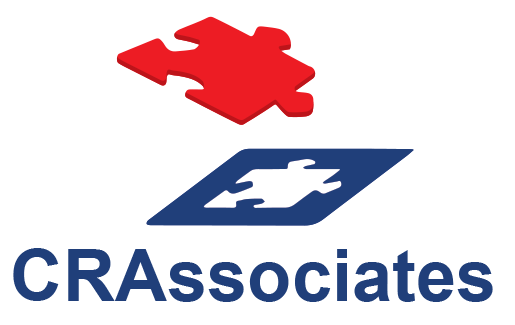USDA COMMUNITY FACILITIES RELENDING PROGRAM
The Community Facilities Relending Program provides loans to eligible lenders, which then re-loan such funds to applicants for “Essential Community Facilities” for essential community infrastructure in order for people who live and work in rural areas to enjoy the same basic quality of life and services as those in urban and metropolitan areas.
“Essential Community Facilities” are facilities that (a) provide an essential service to the local community for the orderly development of the community in a primarily rural area, and (b) do not include private, commercial or business undertakings.
An applicant (the “Program Applicant,” and known as a “Re-Lender”) must (a) have an existing loan portfolio where at least 30% of its loans are made in rural, high- or persistent-poverty areas; (b) provide documentation that it can obtain an irrevocable letter of credit from a financial institution covering principal and interest payments for the first five years of the loan; and (c) (i) be regulated and supervised by a federal or state banking authority and is not on any watch list; (ii) has an Aeris Financial Strength and Performance Rating of 1 or 2 within the last 2 years; (iii) has obtained an Aeris Financial Strength and Performance Rating of 1 or 2 prior to any funds being advanced; and (iv) be proven to be a financially sound institution as determined by risk assessment.
A successful Program Applicant/Re-Lender uses the funds of its Community Facilities Relending Program to relend to Borrowers (“Program Borrowers”) to (a) purchase, construct, and/or improve Essential Community Facilities; (b) purchase equipment; and (c) pay related project expenses.
Examples of Essential Community Facilities include: (a) health care facilities (such as hospitals, medical clinics, dental clinics, nursing homes or assisted living facilities); (b) public facilities (such as town halls, courthouses, airport hangars or street improvements); (c) community support services (such as child care centers, community centers, fairgrounds or transitional housing); (d) public safety services (such as fire departments, police stations, prisons, police vehicles, fire trucks, public works vehicles or equipment); (e) educational services (such as museums, libraries or private schools); (f) utility services (such as telemedicine or distance learning equipment); and (g) local food systems (such as community gardens, food pantries, community kitchens, food banks, food hubs or greenhouses).
